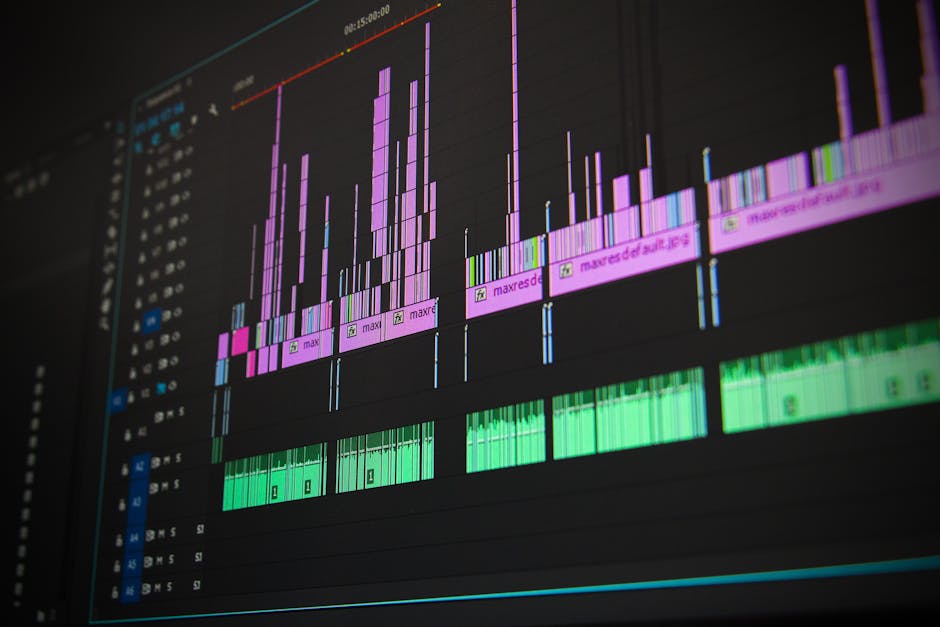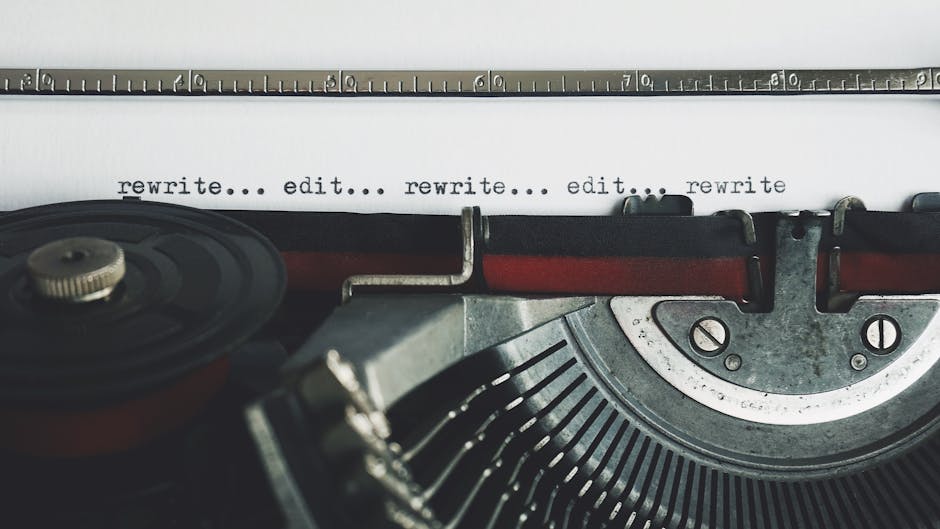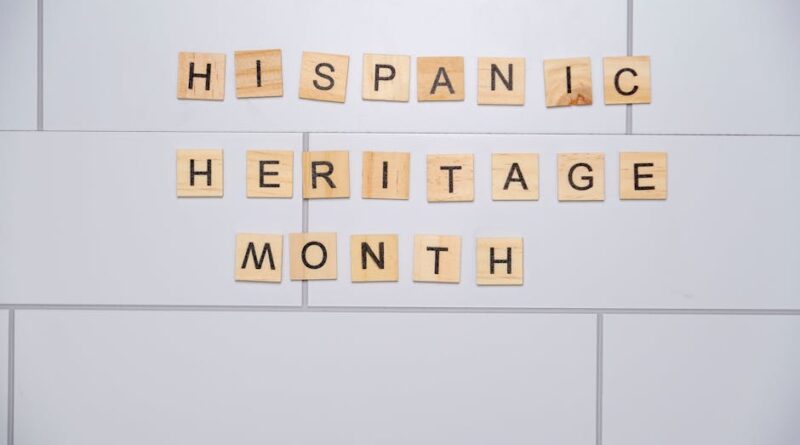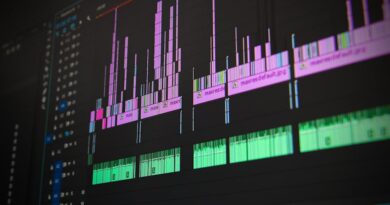The Importance of Pacing in Editing
Have you ever read a book or watched a movie that felt too slow or rushed? that’s pacing at work. it’s the rhythm of a story, guiding how we feel as we read or watch. Good pacing keeps us engaged. Bad pacing can drive us away. So, why is pacing so important in editing? Lets dive in!
What Is Pacing in Editing?

Pacing refers to the speed at which a story unfolds. It involves how quickly or slowly the plot develops. Editors play a key role here. They decide where to cut, where to expand, and how to balance action with reflection.
Think of pacing like a song. A fast tempo can make you want to dance, while a slow melody might make you feel calm. In the same way, the pacing of a story can evoke specific emotions. it’s all about timing!
Why Is Pacing Important?

Pacing shapes the reader’s experience. Here are a few reasons why it matters:
- Keeps readers engaged: A well-paced story grabs attention. Readers stay hooked when the action flows smoothly.
- Builds tension: Faster pacing can create excitement. Slower pacing can build suspense. Both are essential for a gripping narrative.
- Enhances emotional impact: Pacing can control how we feel about a character or situation. Quick scenes can evoke urgency, while slow scenes encourage reflection.
In short, pacing can make or break your story. Lets explore how to achieve the right pace in your writing.
How Do You Determine the Right Pacing?

Finding the right pace isn’t always easy. It depends on several factors:
- Genre: Different genres have different pacing needs. A thriller moves quickly, while a romance might take it’s time.
- Plot points: Key events should have appropriate pacing. Major revelations may need a slow build-up, while action scenes can be fast and frantic.
- Character development: Slower pacing allows for deeper character exploration. Rushed moments can leave readers feeling disconnected.
Ask yourself: Does the pacing match the story’s tone? Is it consistent throughout? These questions can help guide your editorial choices.
What Are Common Mistakes in Pacing?

Even seasoned writers can stumble with pacing. Here are some common pitfalls:
- Too much description: Long descriptive passages can slow the pace. Consider trimming unnecessary details.
- Rushing important moments: Key scenes deserve attention. don’t shortchange readers on vital character moments or plot twists.
- Inconsistent rhythm: Fluctuating between fast and slow can confuse readers. Aim for a balance that feels natural.
By avoiding these mistakes, you can maintain a smooth flow in your writing.
How Can You Improve Pacing in Your Edits?
Improving pacing takes practice. Here are some tips to help you refine your editing skills:
1. Read Aloud
One effective way to gauge pacing is to read your work aloud. Hearing the words can reveal areas that feel too slow or rushed. Adjust as needed.
2. Use Shorter Sentences for Action
Short sentences can create urgency. When action picks up, tighten your sentences. This can speed up the pace and heighten tension.
3. Break Up Long Paragraphs
Long paragraphs can bog down pacing. Break them into shorter sections, especially during action sequences. This keeps readers moving through the text.
4. Consider Scene Length
Evaluate how long each scene needs to be. Some scenes require more detail, while others should be quick and punchy. Find the right balance.
What Are Examples of Good Pacing?
Lets look at some examples of effective pacing:
Fast-Paced Action
Think about a car chase in an action movie. Quick cuts and rapid dialogue create a sense of speed. The audience feels the thrill as characters race against time.
Slow Build-Up
Now, consider a romantic drama. The slow reveal of a relationships complexities allows for deeper emotional connections. This pacing draws the audience in, making them invested in the characters.
Both examples showcase how pacing enhances storytelling. it’s all about knowing when to push forward and when to pause.
How Can You Identify Slow Pacing?
Identifying slow pacing can be tricky. Here are some signs:
- Reader fatigue: If your readers lose interest, the pacing might be dragging.
- Too many details: Over-explaining can slow the story down. Look for areas to streamline.
- Long exposition: Avoid lengthy backstories in the middle of action. Keep it concise.
Pay attention to feedback from beta readers. They can provide valuable insights into pacing issues.
What Tools Can Help You Edit for Pacing?
There are several tools available to help you assess and improve pacing:
- Editing software: Tools like Grammarly or ProWritingAid can help identify long sentences and repetitive phrases.
- Beta readers: Sharing your work with others offers fresh perspectives on pacing.
- Writing workshops: Engaging with fellow writers can provide helpful critiques and tips.
Utilizing these resources can help sharpen your editing skills.
What Are Actionable Takeaways for Better Pacing?
To wrap things up, here are some actionable takeaways:
- Know your genre: Understand the pacing norms for your specific genre.
- Focus on key scenes: Give important moments the space they need to resonate.
- Adjust sentence lengths: Use short sentences during action and longer ones for reflection.
- Seek feedback: don’t hesitate to ask others for their thoughts on pacing.
By keeping these tips in mind, you can master the art of pacing in your editing. Your readers will thank you!
Where Can You Learn More?
If you want to dive deeper into the topic of pacing, check out this article on Writer’s Digest. It offers more insights and examples to help you with your writing.
Remember, good pacing is like a well-timed dance. It guides the reader smoothly through your story, keeping them engaged and eager for more. So take a step back, evaluate your work, and refine your pacing. Happy editing!



